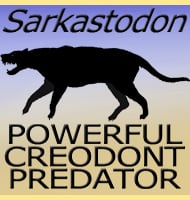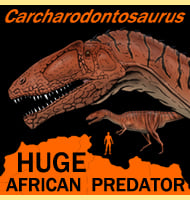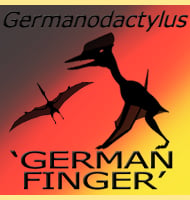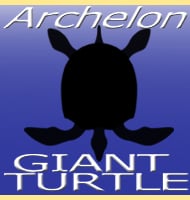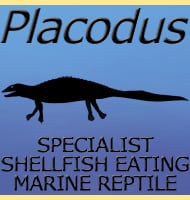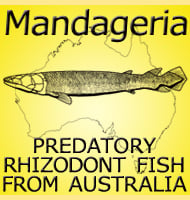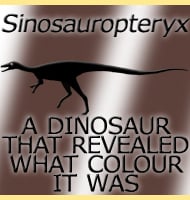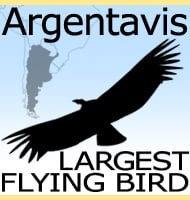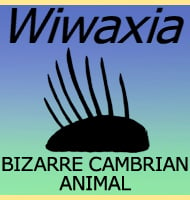In Depth
Gobiconodon has been perceived to have been a possum-like animal, as well as one of the larger mammals alive during the Early Cretaceous. Although most fossils associated with Gobiconodon are known from Asia, some fossil remains are also known from the USA. Gobiconodon lived during the early Cretaceous and most species of are either Aptian or Albian in age, though G. zofiae from China is slightly earlier at being from the Hauterivian period.
Further Reading
- The first triconodonts (Mammalia, Triconodonta) from Mongolia. - Doklady Akademii Nauk SSSR 243 (1): 213–216. - B. A. Trofimov - 1978. - The Early Cretaceous mammal Gobiconodon (Mammalia, Triconodonta) from the Cloverly Formation in Montana. - Journal of Vertebrate Paleontology 8 (1): 1–24. - Early Cretaceous amphilestid ‘triconodont’) mammals from Mongolia. - Acta Palaeontologica Polonica 43 (3): 413–438. - Z. Kielan-Jaworowska & D. Dashzeveg - 1998. - First record of an Early Cretaceous triconodont mammal in Siberia. - Bulletin de l’Institut Royal des Sciences Naturelles de Belqique, Sciences de la Terre 01/1998; 68:233–236. - E. N. Maschenko - A. V. Lopatin - 1998. - Gobiconodonts from the Early Cretaceous of Oshih (Ashile), Mongolia. - American Museum Novitates 3348: 1–30. - Rougier, Novacek, McKenna & Wible - 2001. - A new species of Gobiconodon (Triconodonta, Mammalia)and its implication for theage of Jehol Biota. - Chinese Science Bulletin 48 (11): 1129–1134. - Li Chuankui, Wang Yuanqing, Hu Yaoming & Meng Jin - 2003. - Diversity Early Cretaceous mammals from Bol’shoi Kemchug 3 locality in West Siberia, Russia. - Russian Journal of Theriology 4 (1): 1–12. - Alexander O. Averianov, Pavel P. Skutschas, Alexey V. Lopatin, Sergei V. Leshchinskiy, Anton S. Rezvyi & Alexey V. Fayngerts - 2005. - A New Species of Gobiconodon (Mammalia) from Western Liaoning, China and its Implication for the Dental Formula of Gobiconodon. - Acta Geologica Sinica 83 (2): 207–211. - Yuan Chongxi, Xu Li, Zhang Xingliao, Xi Yunhong, Wu Yanhua & Ji Qiang - 2009. – Two new species of Gobiconodon (Mammalia, Eutriconodonta, Gobiconodontidae) from the Lower Cretaceous Shahai and Fuxin formations, northeastern China. – Historical Biology: An International Journal of Paleobiology. 28 – Nao Kusuhashi, Yuan-Qing Wang, Chuan-Kui Li & Xun Jin – 2015.

